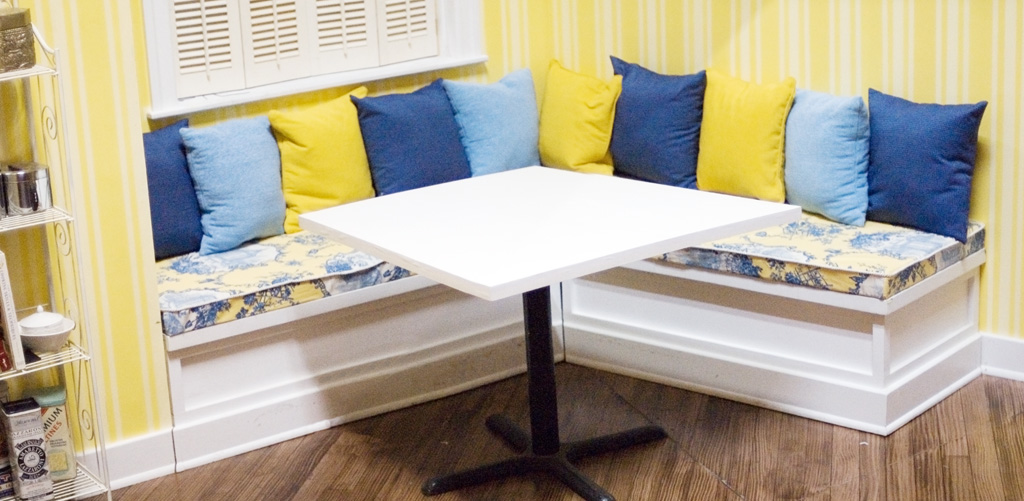“Why Torture Is Wrong, and the People Who Love Them,” the world premiere of the new play by Christopher Durang, opened this past Monday at the Public Theatre in New York City. I’ve been a fan of Chris’s plays for years now, and had a great time when I saw it, even though I was solo for the night.
The reviews are in. You can see a round-up at Critic-O-Meter. Eric Reynolds, the assistant properties director at the Public Theatre, showed me that site. It collects all the reviews for shows currently running in New York City, and averages the critics’ responses into a single grade. The run has already been extended another 2 weeks.
Here are photographs of some of the larger props I built for this show and some notes on their construction. One of my props, the kitchen banquette, can be seen in one of the photographs used in many of the reviews.
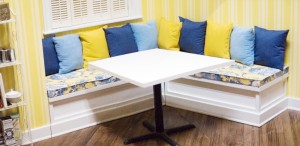
This was a simple prop; straight up carcass building, with trim. The one hurdle was the non-standard angle in the middle. It needed to be built in two sections so it could be removed for the final scene shift.
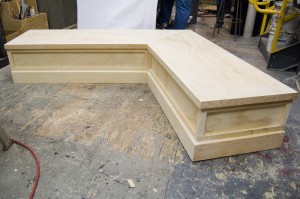
The restaurant banquette had a similar look as the kitchen banquette, but its construction was fairly different.
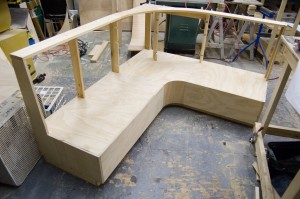
I built the back separately from the unit so the other artisans could upholster it independently of the full piece.
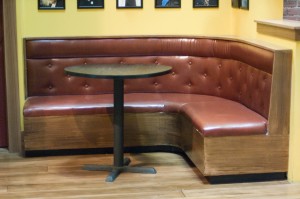
I described the construction of the bar in an earlier post. Here it is after it was painted.
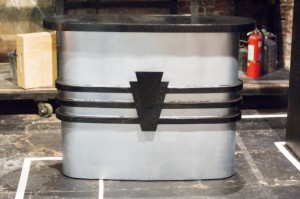
Finally, I built the gun cabinet. This had Plexiglas panels on the front and both sides. The door needed to open for the crew to get inside. It was mounted to the back of a door which opened and closed during the course of the play.
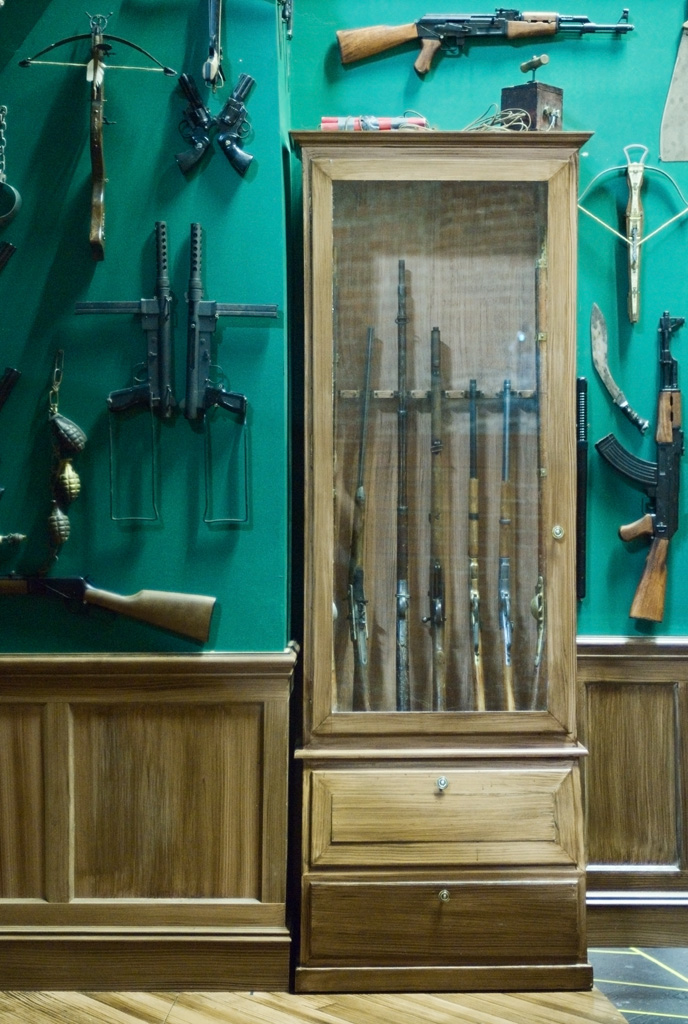
You’ll notice the restaurant banquette and gun cabinet were built out of wood, but painted to look like wood. As is often the case with theatre productions, the overall believability of the show is more important than the realism of every single object. The scenery had a lot of wood on the paneling and floor, and they decided to paint it to look like wood, rather than construct it out of real wood. If the props were built out of real wood and stained, they would not have matched the scenery, and the contrast would have not been believable to the audience.

